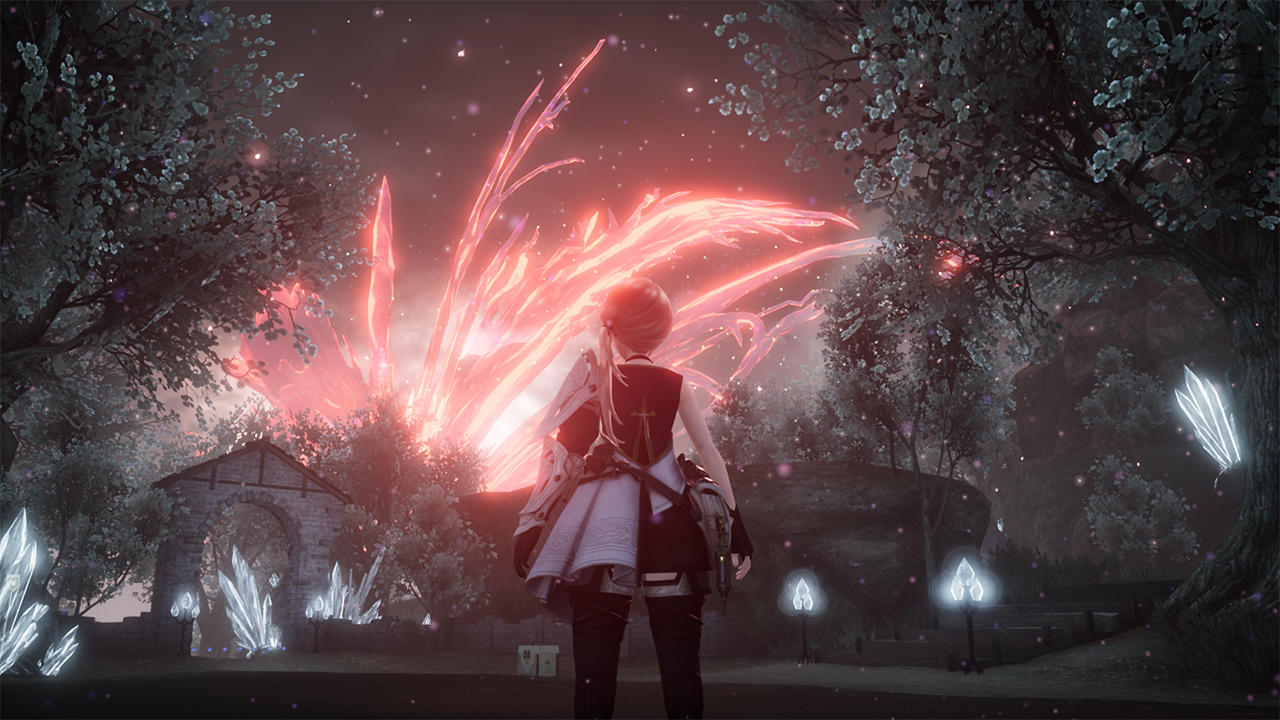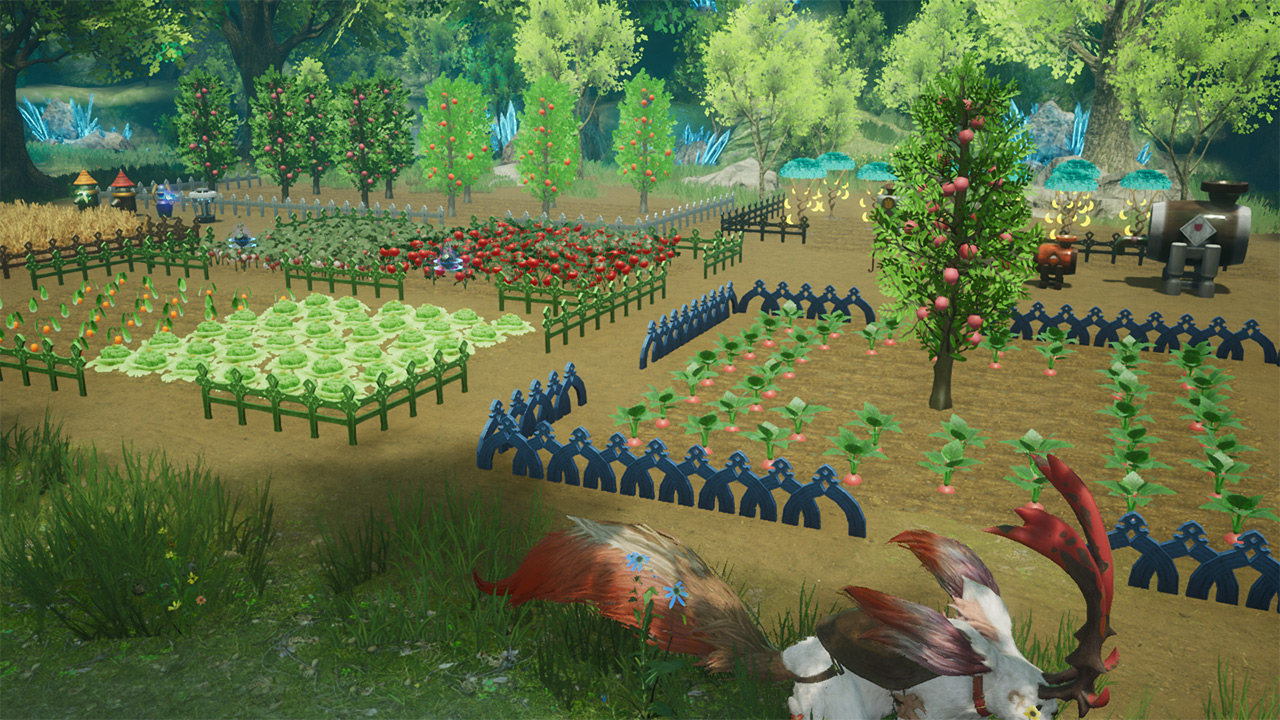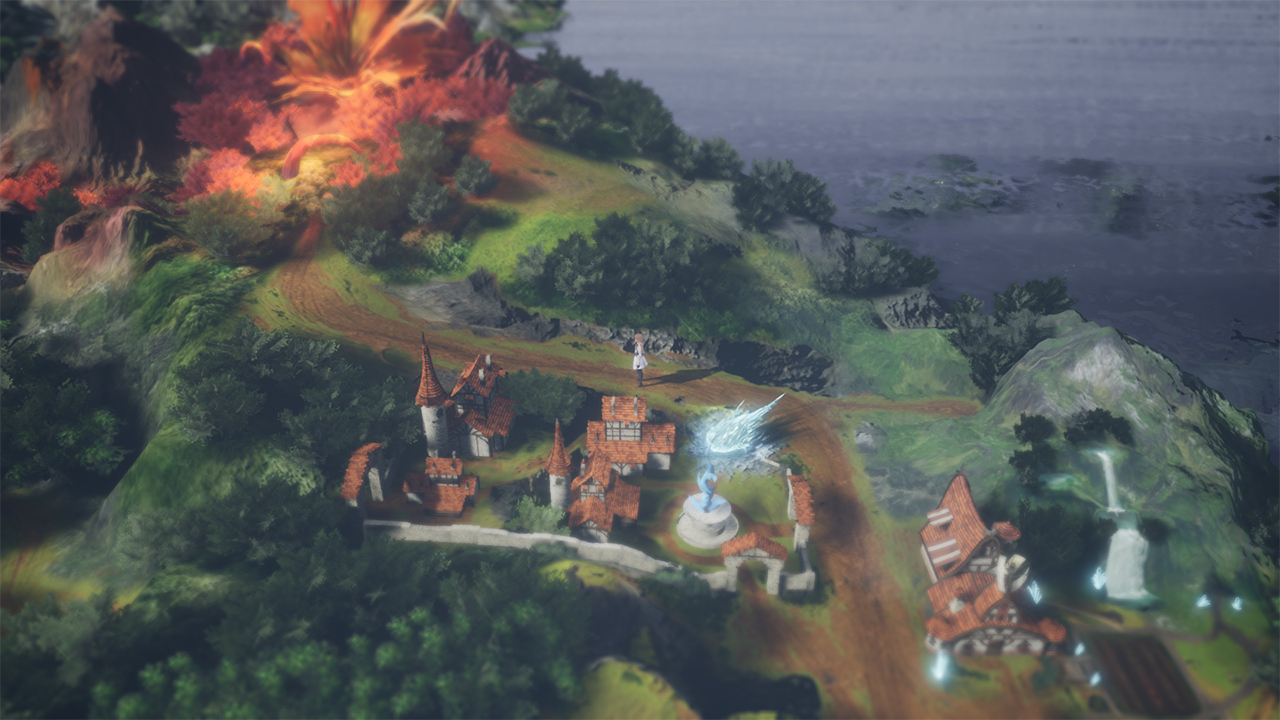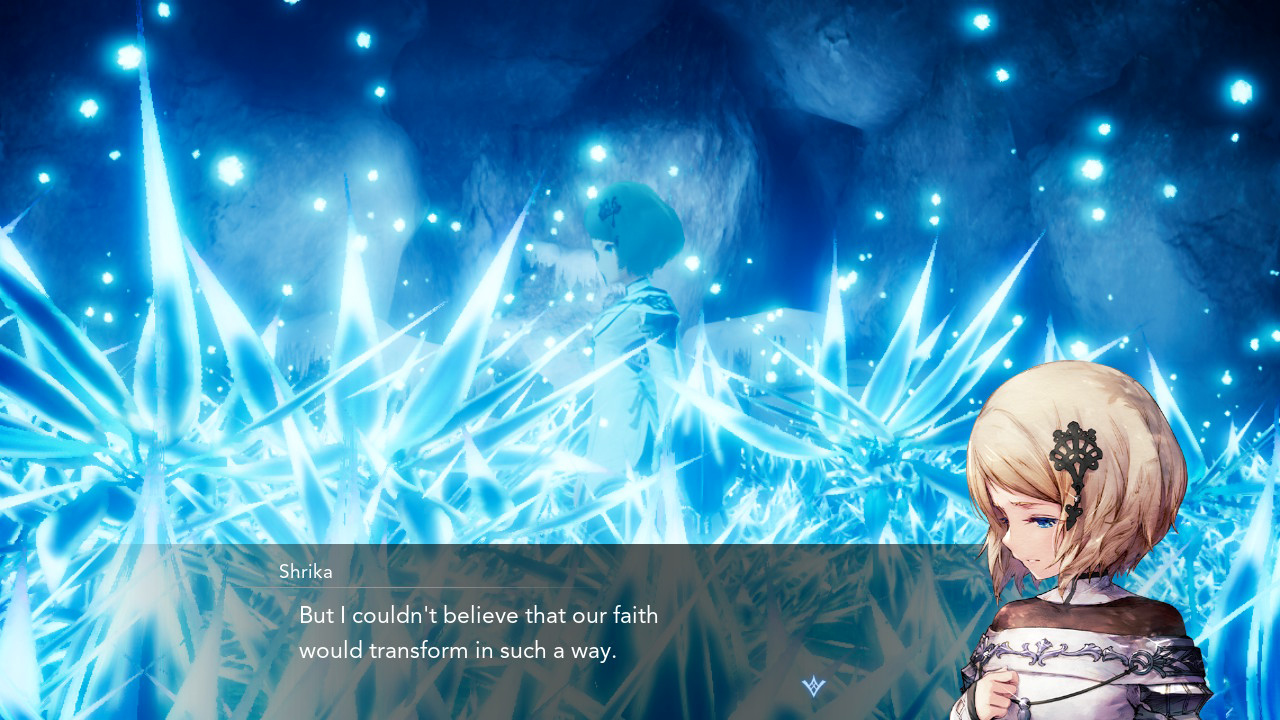Games such as Harvestella are the reason I appreciate downloadable demos. When recently looking for a game to fill the gap between bigger releases, I decided to give this and The DioField Chronicle a try. Being more of a tactical JRPG fan than a farming sim guy, I fully expected DioField to win the battle, but no. Harvestella hooked me, and I’m glad I gave it a shot.
Understand I don’t have much experience with games that rely heavily on a farming mechanic. Sakura: Of Rice and Ruin is probably the one to which I devoted a decent amount of time, mainly because I liked how the farming—despite being a major part of the gameplay—directly served the action. It’s the same with Harvestella.
You start as a character of your name and design (male, female, or non-binary) dropped in a small town with a plot of land that happens to need tending. The bigger story involves giant crystal structures called Seaslight that dominate their nearby villages. The townsfolk are used to them, but they’ve been acting a bit wonky as of late.
There’s also the Quietus, a natural phenomenon that covers the land with deadly dust every 30 days. The Quietus kills all plants (bad for the people, but good for gameplay) and infects anyone who happens to be outside before it somehow completely disappears within 24 hours. Anyone except you, of course. Then, there’s the girl from the future. And the farming fairies. And that talking unicorn. And all the mechs called Omens. It honestly seems like a bonkers combination of elements that couldn’t possibly work, but it does. Quite well, in fact.
I attribute that success to three things, beginning with the farming component. You have to acquire seeds through various methods, then till your small plot of land to get them planted. Keep them watered, and you’ll be able to harvest them within a day or seven.
These elements are then used for cooking items that can restore your health and enhance your skills in battle, be traded for rewards, or sold for profit. Plants require specific growing conditions, such as a certain season or biome. It was quite thrilling, for example, when I finally unlocked the water biome and was able to plant all of those seeds I’d been accumulating.
Reaching predefined goals also opens new tools that allow you to process food and materials to unlock new recipes and abilities. It’s very much like a simplified Atelier game in that regard, so I highly recommend Harvestella to those biding their time until Atelier Ryza 3 arrives in February. Gathering the right elements to finally make a dish you’ve been after for quite some time is very rewarding, helping the farming/crafting/cooking element to be quite engaging while not terribly difficult.
Component two is exploration/combat. Harvestella offers a rather small but very diverse world that grows nicely as you progress. You can see the entire map at the start, but most locations are closed off by invisible walls and time. There’s a day cycle to honor, so you only have from sunrise until the “early hours” to get things done before returning home for sleep.
Time passes quickly as you move from location to location, but that is eventually mitigated as you acquire faster forms of transportation. Time within the towns and dungeons moves slower (or not at all when the story requires), but that’s much more to do there: fight enemies, take on sidequests, shop, etc.
The dungeons are unique in that you have to battle your way through them to reach the subsequent town. You can choose to bypass them after initial completion, returning only to farm for elements or complete quests. The larger town dungeons are where you’ll spend most of your time. Again, they’re not terribly large, but they’re expertly laid out to require multiple runs to complete. It’ll take the better half of a day to clear out a section, but you can repair a bridge or ladder that makes it easier to get through faster on your second run. Of course, there are also save/teleport locations that allow you to completely skip dungeon sections and, more importantly, warp home at the end of a long day.
Like crafting, battles are somewhat basic. Although there are a dozen jobs you can acquire, each with unique strengths and skills to utilize, combat is more about preparation than party optimization. You can take two party members into battles with you and cycle through three of your available jobs. Monsters are weak to certain types of attack, so things move along quicker if you’re smart with your setup. That said, with no real way to defend yourself, you’re going to take damage. This is mitigated by the items you’ve farmed, as you’re meant to drink juice or eat meals during combat to restore lost health and remove debuffs.
As such, farming and combat/exploration combine to create a fun gameplay loop. Tend to your farm in the morning, head off to advance the story or complete some sidequests during the day, then retreat to the farm in the evening to make sure the crops are planted/watered, items are stored/sold, food is cooked, and equipment is developed. Start again the next day to push further ahead. The further along you get in the game, the more you’re able to automate your farm so you can spend more time advancing the story.
That, by the way, is the third component, and the one that fully won me over. I won’t go into detail for fear of spoiling anything, but I can say it definitely goes in directions you won’t expect. It also makes some complex and intelligent observations on religion and government along the way.
More importantly, each and every party member gets a series of engaging sidequests. These not only provide insight into who they are, but reward you with items and experience. There’s little in the way of romance, for those seeking that, but you’ll get some solid friendships. And if you pay attention to your avatar’s selectable response options you may even learn a bit about how to better interact with those around you. What a good listener this traveler is!
Visually, Harvestella pleases with its bright, vivid colors and striking world design that takes full advantage of the 3D visuals that are somewhat unique to the genre. It’s like a smaller, more stylized Xenoblade Chronicles, right down to the anime-style character design. The combat animations aren’t much to look at, but only the boss battles last long enough for you to get bored by them.
The whole package combines to create an entertaining game that should appeal to fans of JRPGs and farming sims. Both elements are likely too simple to engage hardcore fans of either, but the benefit there is that neither gets in the way of the other. The balance between and the story that glues them together are enough to make Harvestella a game worth tending to.










